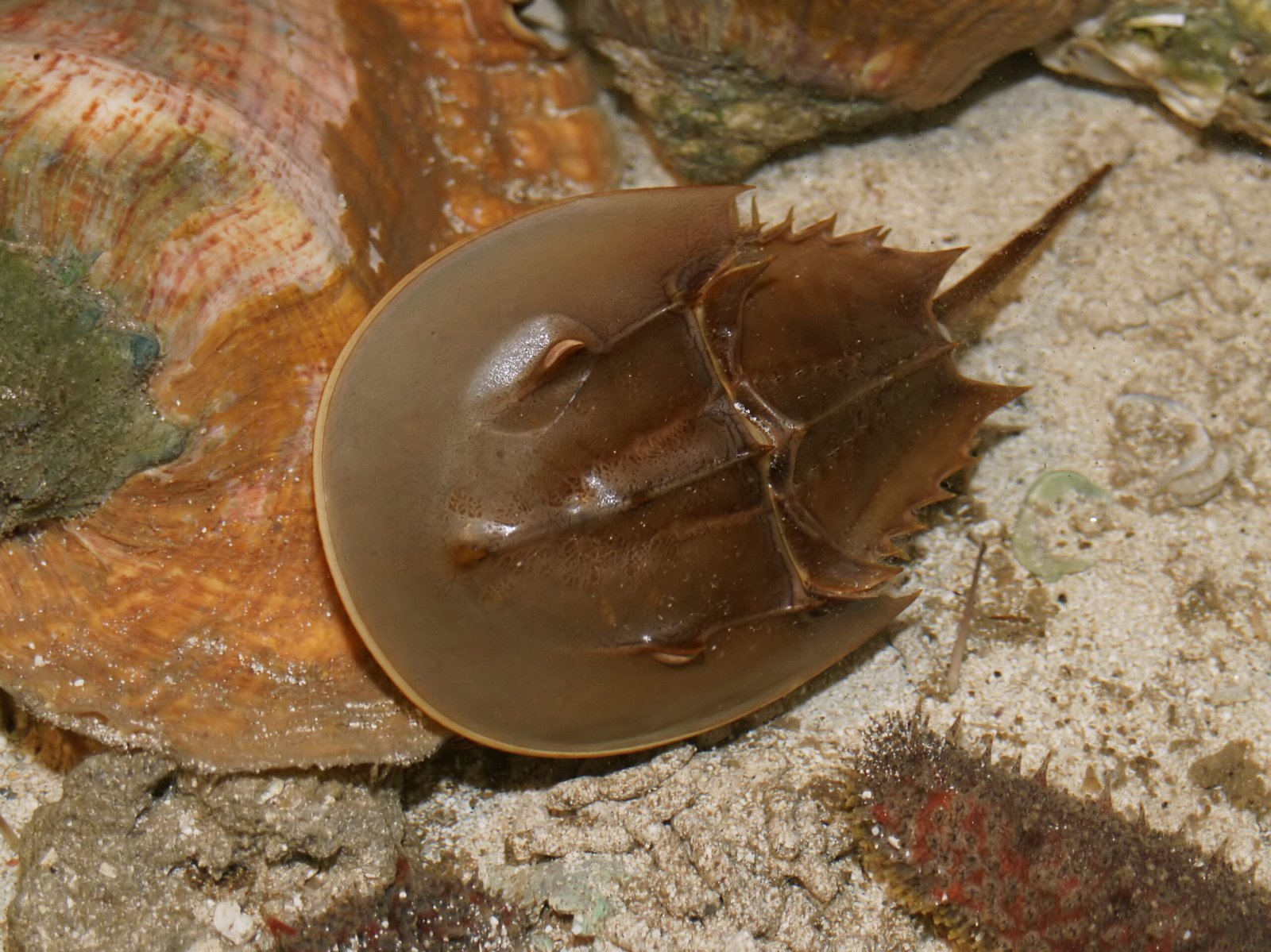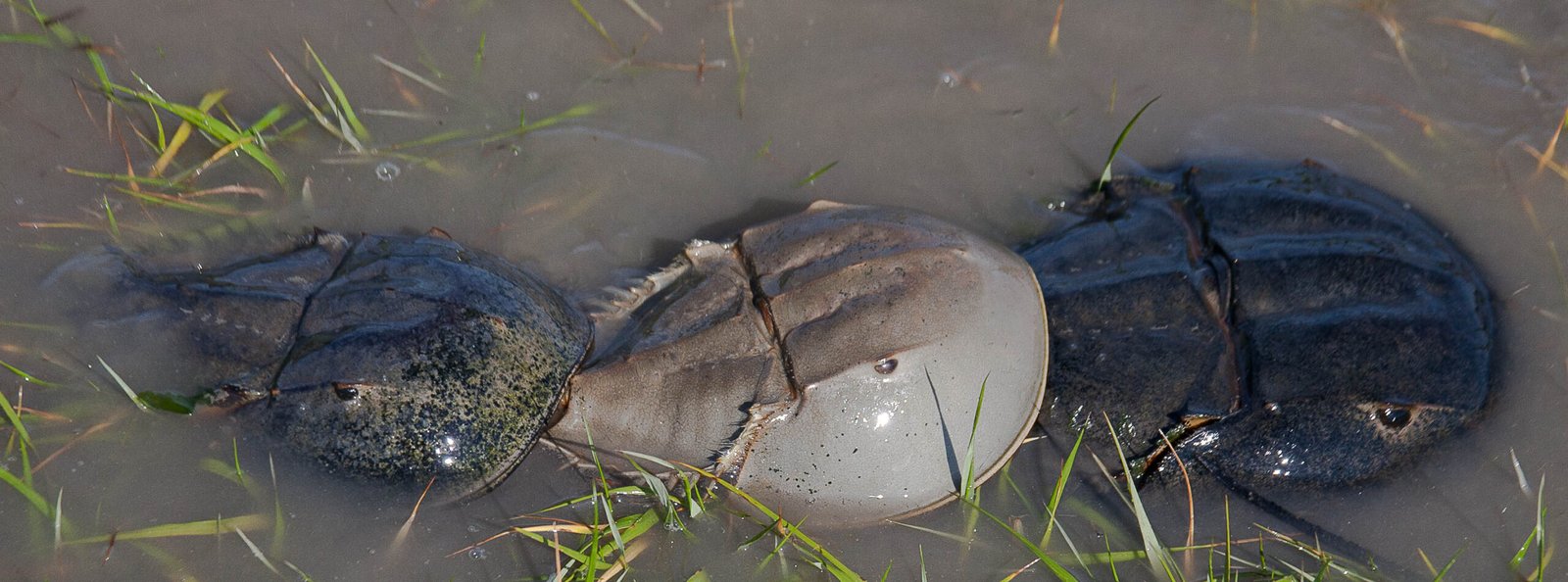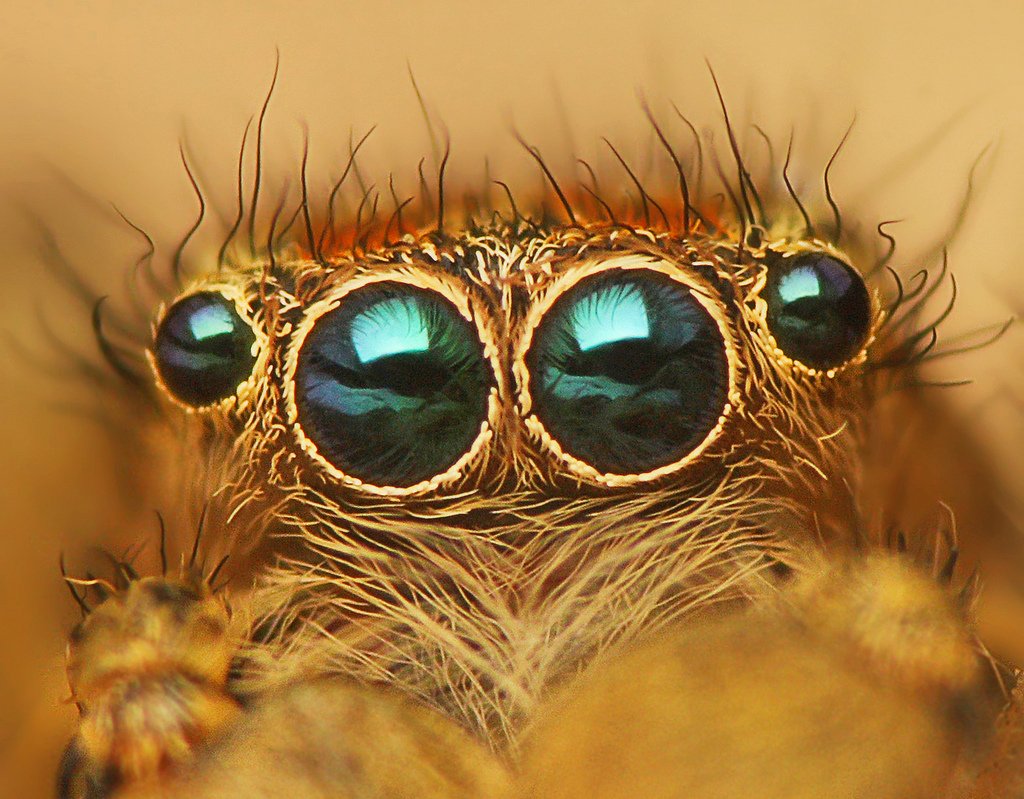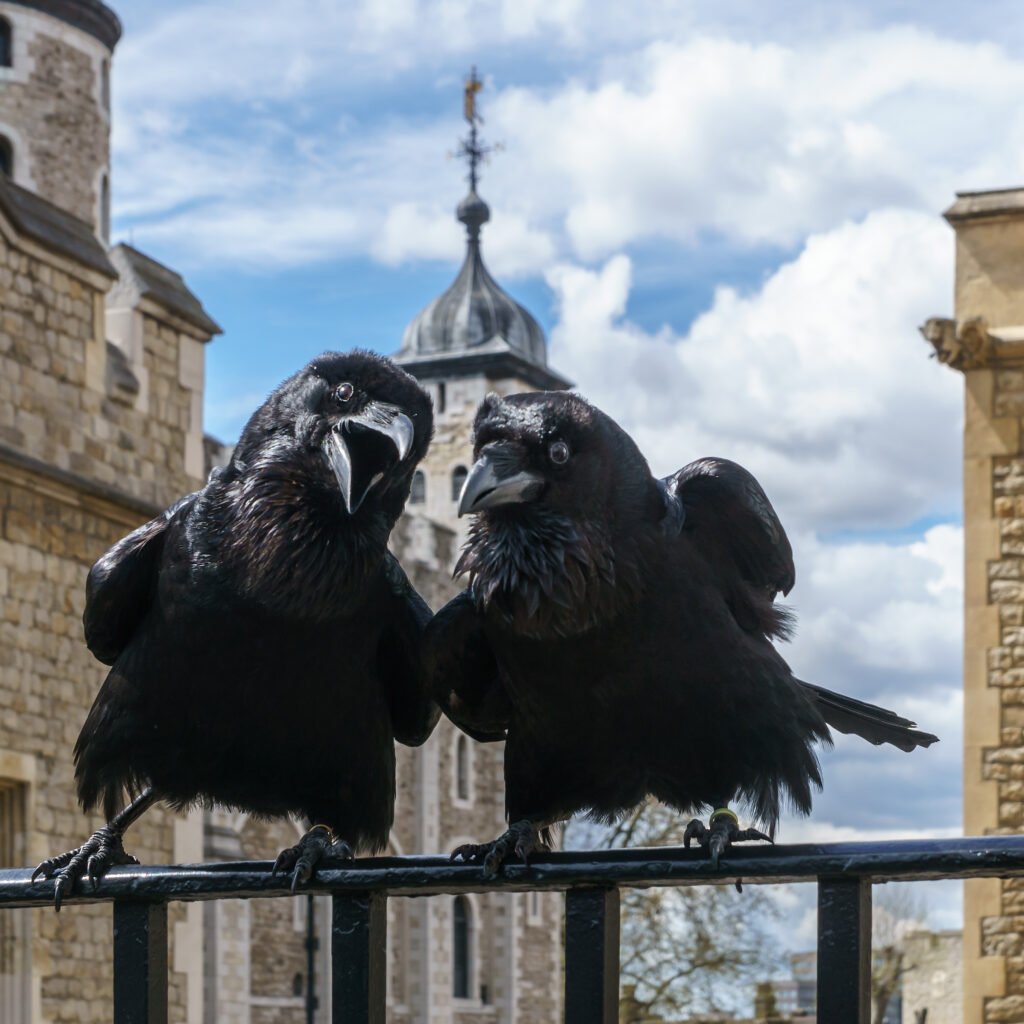Imagine wandering through a garden at dusk, brushing past a delicate web glistening with dew, and pausing to watch its silent architect—a spider. Most people would immediately call it an insect, but what if the truth was far stranger? Beneath those eight legs and mysterious eyes lies a secret ancestry, one that connects spiders not to butterflies or beetles, but to ancient, armored creatures that once scuttled through primordial seas. This revelation isn’t just a quirky fact—it’s a story that stretches back hundreds of millions of years, reshaping how we see some of Earth’s most misunderstood animals.
Why Spiders Aren’t Insects: The Basics
At first glance, spiders and insects seem like close cousins. They both crawl through our homes, star in childhood stories, and sometimes trigger a yelp or two. But the similarities end quickly when you look closer. Insects have three body segments: a head, thorax, and abdomen. Spiders, on the other hand, have just two: the cephalothorax and abdomen. Insects boast six legs, while spiders always have eight—a detail that’s hard to miss once you know it. Even their eyes give them away; spiders often have several pairs, arranged in fascinating patterns, while insects usually have just two large compound eyes. These little differences unveil a much bigger gap in their evolutionary history.
The Arachnid Family: More Than Just Spiders

Spiders belong to the class Arachnida, a group teeming with bizarre and captivating creatures. Scorpions, ticks, and mites are all arachnids, sharing the eight-legged hallmark that sets them apart from insects. Unlike the busy, buzzing world of insects, arachnids often lead quieter, more solitary lives. Some, like the whip scorpion, look like props from a science fiction movie. Despite their differences in shape and size, all arachnids share a basic body plan and a unique set of features that have helped them survive since ancient times. This shared heritage hints at a lineage reaching much further back than most people realize.
The Marvel of Horseshoe Crabs

Here’s where the story takes a surprising turn. Horseshoe crabs, with their armored shells and blue blood, look nothing like spiders at first glance. Yet, if you peer beneath the surface, the resemblance becomes uncanny. Both spiders and horseshoe crabs are chelicerates—a group defined by their specialized mouthparts called chelicerae. These mouthparts, used for grasping and tearing, are a signature inherited from a distant common ancestor. Horseshoe crabs have roamed the oceans for over 450 million years, surviving mass extinctions and outliving the dinosaurs. Their endurance is a testament to their ancient origins, which they share with spiders.
Tracing the Chelicerate Lineage

It’s hard to imagine, but the evolutionary split between insects and chelicerates like spiders and horseshoe crabs happened before most animals even left the seas. Chelicerates diverged from other arthropods hundreds of millions of years ago, and their descendants took two paths: one leading to land as arachnids, the other sticking to the water as horseshoe crabs. The earliest chelicerates were primitive sea scorpions, some growing larger than a human. Over time, evolution favored the adaptable, web-spinning spider on land and the resilient, armored horseshoe crab in the ocean. Their paths parted, but the genetic echoes remain.
The Power of DNA: Unlocking Hidden Relationships
Modern science has finally given us the tools to peer into this ancient family tree with startling clarity. By comparing DNA sequences, scientists have confirmed that spiders and horseshoe crabs share a closer genetic relationship than spiders do with insects. Whole genome analyses have revealed patterns, mutations, and markers that can’t be seen with the naked eye. These molecular clues act like footprints in the sand, showing us where evolution has wandered and how different branches of life are intertwined. The story written in their genes is richer and stranger than anyone expected.
Body Structure: More Than Meets the Eye

Spiders and horseshoe crabs both have hard exoskeletons, jointed legs, and segmented bodies, but it’s the finer details that matter most. The cephalothorax—a fusion of head and thorax—is a feature found in both, as are those iconic chelicerae. While spiders use theirs for injecting venom, horseshoe crabs use them for grabbing food in the muddy seafloor. Their circulatory systems are also similar, with blood that relies on copper instead of iron, giving horseshoe crab blood its famous blue color. These shared traits aren’t just coincidences; they’re the fingerprints of a common origin.
Life Cycles and Behaviors: Ancient Echoes
Despite their different habitats, spiders and horseshoe crabs show echoes of shared ancestry in how they grow and live. Both undergo molting, shedding their outer shells as they grow—a process that leaves them vulnerable for a while, like a knight without armor. Their reproductive strategies, too, reveal similarities: elaborate courtship rituals and specialized body parts for transferring sperm. While a spider might perform a dance on a web, a horseshoe crab gathers in mass spawning events along moonlit beaches. These rituals are ancient, passed down through generations since before the first forests appeared on land.
Eyes and Senses: Seeing the World Differently

If you’ve ever stared into a spider’s many eyes, you know they see the world in a way that’s hard for us to imagine. Horseshoe crabs also have multiple eyes—up to ten, scattered across their shells. Both creatures use specialized eyes to detect movement and changes in light, helping them survive in their unique environments. While spiders rely on touch and vibration to hunt, horseshoe crabs use their eyes to navigate the murky waters of the sea floor. These sensory adaptations reveal different responses to the challenges of land and sea, but they come from the same evolutionary toolkit.
Ancient Survivors: Living Fossils Among Us

Horseshoe crabs are often called “living fossils” because they’ve changed so little over hundreds of millions of years. Spiders, too, have a fossil record stretching back to the time when the first plants crawled onto land. Both groups have weathered mass extinctions, ice ages, and dramatic shifts in climate. Their survival is a testament to the power of adaptability and the hidden strengths of ancient designs. In a world that’s always changing, these creatures are living links to a distant, almost unimaginable past.
Why This Matters: Rethinking Nature’s Family Tree
Understanding the true relationship between spiders, insects, and horseshoe crabs isn’t just a matter of trivia—it’s a window into the history of life itself. It challenges our assumptions and reminds us that nature’s categories are often more complicated than they seem. When we mislabel spiders as insects, we overlook the deep and surprising connections that tie all living things together. Appreciating these hidden relationships helps us see the world with new eyes and inspires a deeper respect for the creatures that share our planet. Did you ever imagine that the spider in your garden was more closely related to a sea-dwelling armored relic than to a butterfly?

Jan loves Wildlife and Animals and is one of the founders of Animals Around The Globe. He holds an MSc in Finance & Economics and is a passionate PADI Open Water Diver. His favorite animals are Mountain Gorillas, Tigers, and Great White Sharks. He lived in South Africa, Germany, the USA, Ireland, Italy, China, and Australia. Before AATG, Jan worked for Google, Axel Springer, BMW and others.




